Borked in Bristol
The last time your ‘umble scribe visited Bristol City Museum and Art Gallery was before the first pandemic lockdown over two years ago. There’s always lots to see and the first thing I observed was the major changes to the art exhibits. Local talent features prominently in these, including the 19th century Bristol School of Artists and prominent portrait painter and local lad Sir Thomas Lawrence PRA. Furthermore, the ceramics section has a fine selection of ware from the late 17th and early 18th century Brislington Pottery.
However, the excellence of local art and crafts was not matched by local artefacts from the period of Roman occupation, being limited to the Thornbury Hoard (although 3,000 Roman coins on display is quite impressive. Ed.), one Samian ware bowl and a solitary drinking vessel, which is pretty poor considering the major influence and changes wrought by the Romans during the three and a half centuries that Britannia was a province of the Roman empire and ample evidence of Roman settlement and economic activity in the area. These include. for example, Abona Roman port at the confluence of the River Trym and Bristol Avon, visible remains of of Roman roads, villa sites, plus the 2 Roman pigs of lead found in 1865 in Wade Street in St Judes whilst excavations were underway on the old bank of the River Frome).
On the other hand, the museum does have a fine natural history section, especially in respect of extinct fauna – the giant Irish elk skeleton with its antlers spanning a width of 3 metres is most impressive – and fossils and dinosaurs in particular.
As is well known, generations of children have displayed a passion for dinosaurs. Bristol City Museum and Art Gallery has catered for this passion by installing interactive displays. Nevertheless, any child currently wishing to learn more of the life and times of Doris the Pliosaurus would have been disappointed at the time of my visit as Doris’ display was – to use a technical term borked.
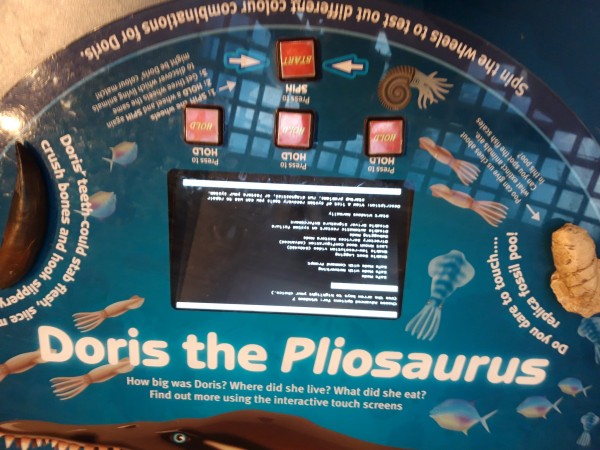
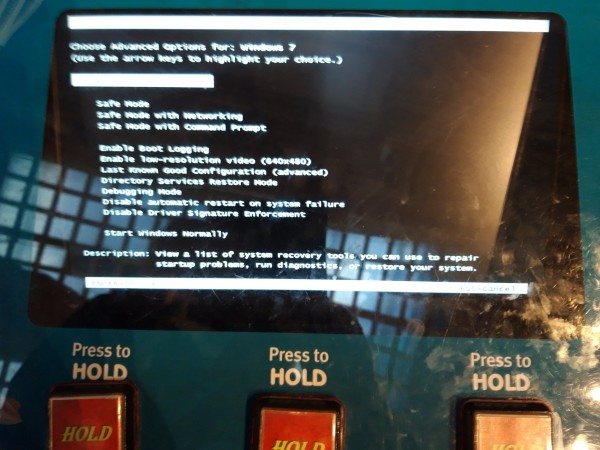
The bottom picture clearly clearly shows Microsoft’s Windows 7 misbehaving, a not uncommon undocumented feature of the Beast of Redmond’s alleged operating systems.
If anyone desires to see more borkage in public, your ‘umble scribe would refer such readers to The Register IT news site, which has a dedicated bork section/archive.
 The departure of the English Empire (which some still call the United Kingdom. Ed.) from the European Union is the gift that keeps on giving, especially for anywhere located outside that backward country and in another member EU member state.
The departure of the English Empire (which some still call the United Kingdom. Ed.) from the European Union is the gift that keeps on giving, especially for anywhere located outside that backward country and in another member EU member state.

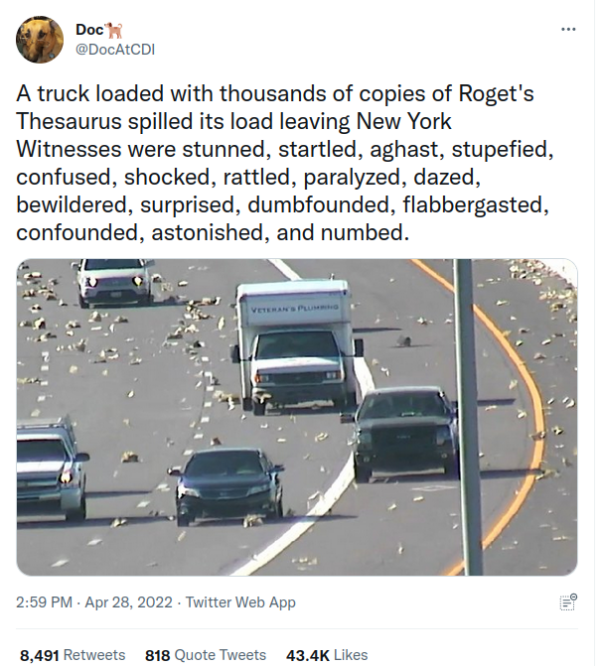
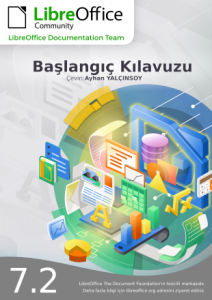
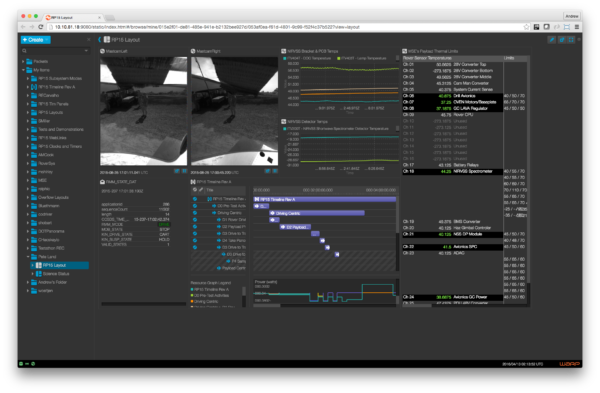
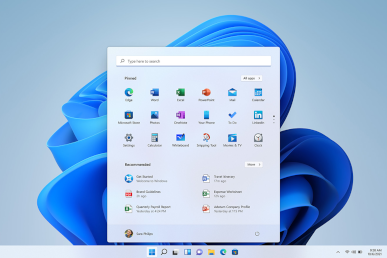


 Klingon is of course well known to lovers of the US science fiction Star Trek media franchise created by Gene Roddenberry as the language of the alien race of the same name and created by US linguist
Klingon is of course well known to lovers of the US science fiction Star Trek media franchise created by Gene Roddenberry as the language of the alien race of the same name and created by US linguist  Interslavic is a pan-Slavic auxiliary language whose purpose is to facilitate communication between people from different Slavic nations, as well as allowing those who do not know any Slavic language to communicate with Slavs by being understandable to most, if not all Slavic speakers without them having to learn the language themselves.
Interslavic is a pan-Slavic auxiliary language whose purpose is to facilitate communication between people from different Slavic nations, as well as allowing those who do not know any Slavic language to communicate with Slavs by being understandable to most, if not all Slavic speakers without them having to learn the language themselves.